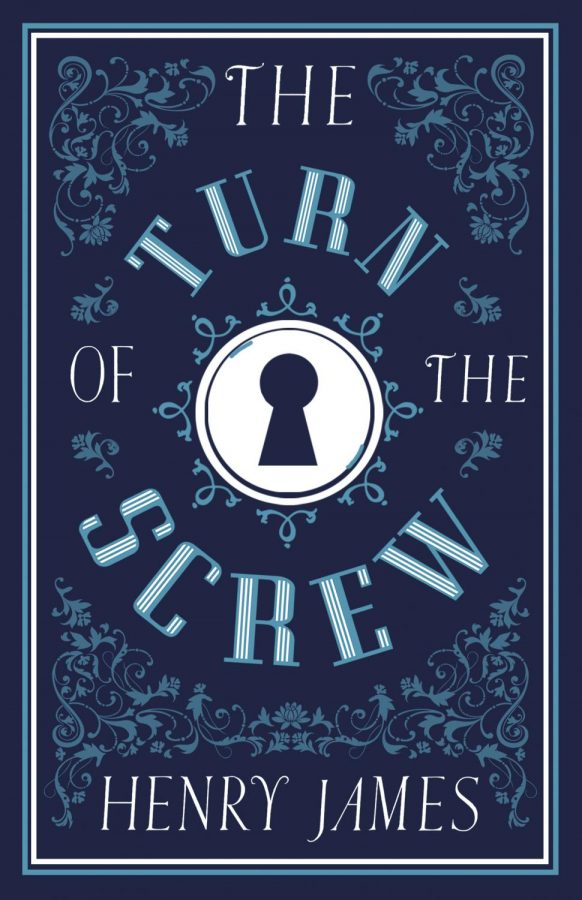The Turn of the Screw
Pre-20th century ghost tale proves to be spine-chilling
Henry James’s writing is often long-winded and too in-depth. However, the plot of his novella “Turn of the Screw” proves to be thrilling.
January 28, 2021
Henry James’s horror novella “The Turn of the Screw” is a pre-20th century ghost tale depicting the lives of two orphaned children as they are haunted by the dead. Though verbose and often difficult to follow, James’s writing is successful in evoking a sense of eeriness as well as emphasizing ideals of innocence.
James includes basic elements of any horror story, such as the eerie manor, unexplained disappearances of both a governess and employee and secrets. He creates suspense by building up the story and dropping small omens and encounters with apparitions throughout the narrative. However, the first-person point of view is an unreliable source, and I like the idea that the person’s eyes we see through could be entirely wrong in her perception of reality.
The most crucial aspect of the narrative is the characterization of the children. James describes Flora and Miles as pure, innocent beings who are almost divine. This emphasis is essential because it serves to juxtapose the darker aspects of their lives, which are plagued by evil apparitions. I find this contrast to be helpful because it is obvious, whereas other aspects of James’s writing are not clear, and it helps build tension, creating a more enjoyable read through anticipation.
Recently, Netflix has released “The Haunting of Bly Manor,” which is based on this story. The show allows for a more complex plot, which in turn generates more interest than the novel does. The Netflix series is also set in the 1980s rather than the 1800s, which gives the storyline a modern feel that appeals to people today. Having watched the show before reading the book, I had a good background for understanding the more difficult aspects of Henry James’s novella.
Overall, “The Turn of the Screw” is too verbose for it to be a light read, but it does build a good foundation for analyzing pre-20th century text. I’d never thought I would say that a show is better than the book, but here I am to say that “The Haunting of Bly Manor” is more entertaining than “The Turn of the Screw” for its deeper plot and faster pace.




